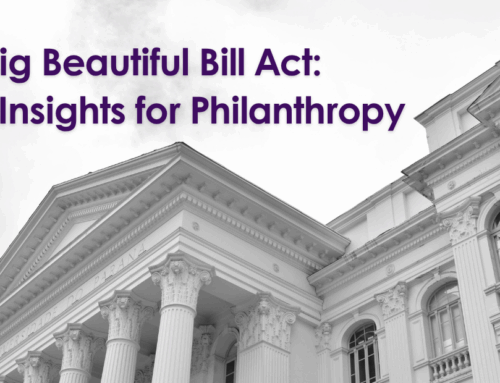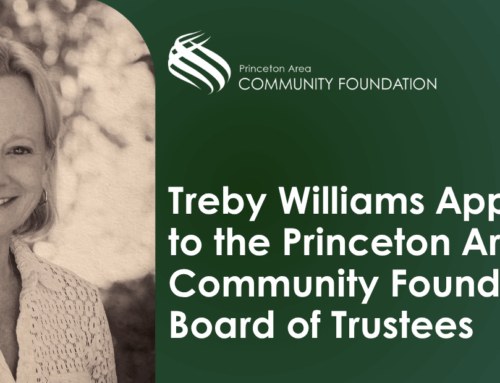The Star Ledger on November 15, 2013 reported what we all sense and now have data to confirm, that the income gap in NJ continues to grow. While there are multiple impacts to study, here is the one that we in philanthropy see every day: more and more formerly middle class people need the services that the nonprofit sector provides – food, shelter, basic services – and the sector is straining to keep up with new demands.
At the Community Foundation virtually every proposal we read clearly and honestly documents a significant year-over-year increase in people seeking help, a trend nonprofits have reported for years, made worse by the recession of 2008, but not relieved by the recovery since. And in most cases they tell us that it is formerly middle class people – folks who were loyal volunteers and donors – who now show up needing services.
It is important to understand that government has contracted with nonprofits to meet social needs because they can respond more effectively and efficiently for a long time. Private philanthropy has never had, and should not be looked to for, the resources to fill in the gap now created by federal, state, and local reductions.
How are they managing? With difficulty. Many have been forced to take steps that over the longer term will serve to weaken organizations: laying off staff, dipping into reserves, serving fewer (not more) people, freezing salaries, cutting back on employee benefits. We should be concerned that our nonprofits are being forced into tactics that weaken them for the long-term.
The other impact of the growing divide is that studies have shown that when wealthier people never see the face of need, they are less generous. And the gifts they do make tend to go to the schools and colleges they and their family attend, hospitals, and cultural institutions – organizations they have a personal connection to, NOT the soup kitchens, pantries, and housing organizations seeing the new face of need.
NJ’s data suggest there is some truth to this as reflected in our ranking among the least generous states. The Urban Institute’s National Center for Charitable Statistics reports that 2010 giving among those who itemize deductions (43% of NJ households) ranks the state 46th out of 51 (including the District of Columbia) in overall giving behind only 4 New England states (Vermont, Maine, Rhode Island, New Hampshire) and Wisconsin. The most generous states are Wyoming, Utah, South Dakota, Tennessee, and the District of Columbia.
NJ is a wealthy state, ranking 4th in Adjusted Gross Income behind Connecticut, the District of Columbia, and Massachusetts. We have work to do.





